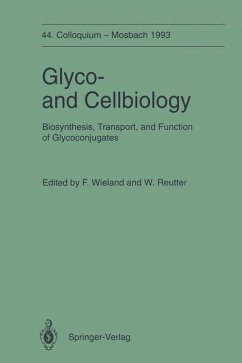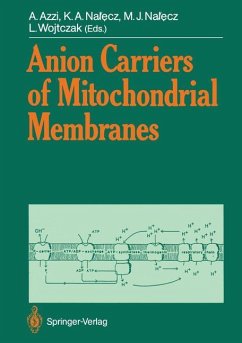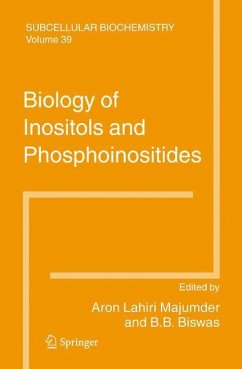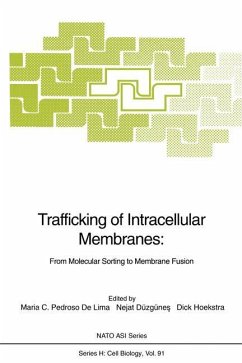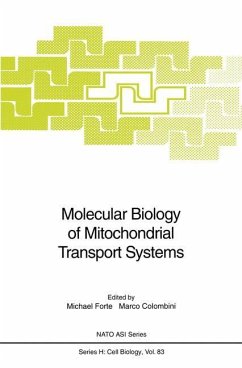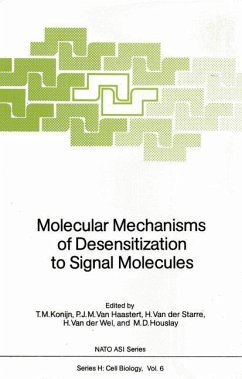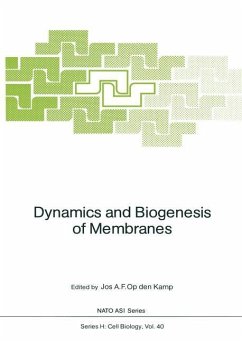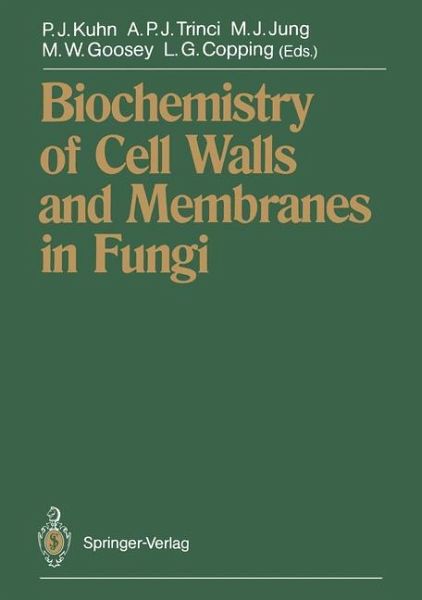
Biochemistry of Cell Walls and Membranes in Fungi
Versandkostenfrei!
Versandfertig in 6-10 Tagen
113,99 €
inkl. MwSt.

PAYBACK Punkte
57 °P sammeln!
Despite the many advances made during the last decade in various aspects of fungal biochemistry, there have been very few volumes devoted to the sub ject in recent years. This lack is all the more surprising in view of the increas ing use of fungi in gene manipulation studies and in biotechnological ap plications, and of the current interest in the biorational discovery of novel agents for the control of fungal pathogens of plants and humans. We hope that this book goes some way to rectifying this situation by providing an up to-date account of selected developments in two important areas, nam...
Despite the many advances made during the last decade in various aspects of fungal biochemistry, there have been very few volumes devoted to the sub ject in recent years. This lack is all the more surprising in view of the increas ing use of fungi in gene manipulation studies and in biotechnological ap plications, and of the current interest in the biorational discovery of novel agents for the control of fungal pathogens of plants and humans. We hope that this book goes some way to rectifying this situation by providing an up to-date account of selected developments in two important areas, namely cell walls and membranes. Topics included in the book concern both yeasts and filamentous fungi. Although the main emphasis is on biogenesis, functional aspects are also discussed, e.g. the role of glycoproteins in recognition of sterols in mem branes and of calcium in regulation. Several contributions describe in terference with the 'normal' biochemistry of cell walls and membranes witha view to increasing fundamental knowledge, but also highly relevant to the design of new fungicides and antimycotics. The steadily increasing impact of molecular biology on the study of fungal biochemistry is highlighted throughout.




